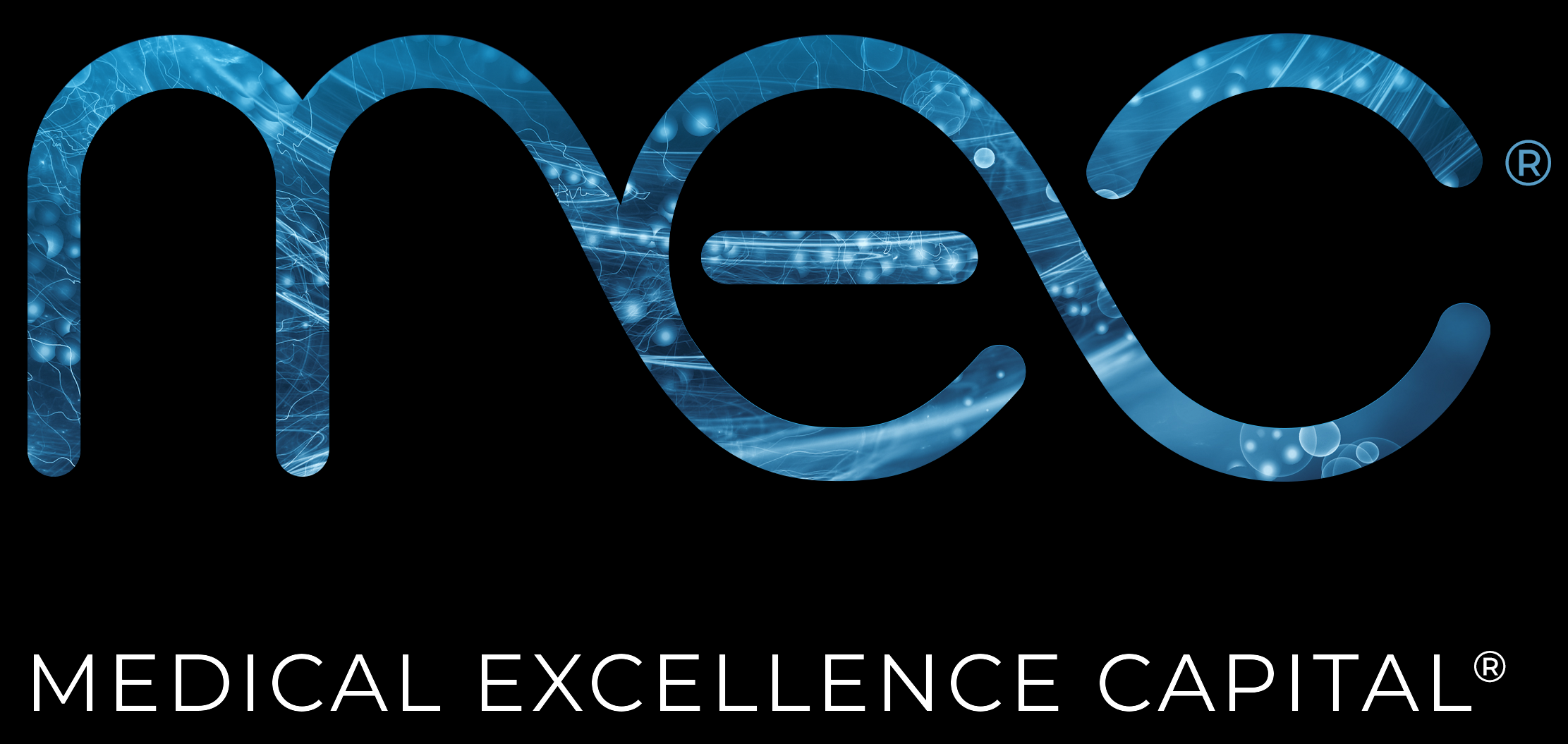Spinning Out? A few things to consider.
By Jasmin Revanna, LinkedIn Bio
All around the world, scientists are conducting research on some of the world’s leading issues whether that be creating a therapeutic for a rare disease or harnessing plants to tackle greenhouse gases. A lot of this work is physically conducted by the trainees – graduate students and postdoctoral candidates – in the lab. Typically not taught in the trainee coursework are all the other avenues trainees can take with their careers outside academia. Among these is whether the discoveries you make during your thesis or post-doctoral work are good candidates to spin out into a startup company. Taking this work and commercializing it introduces an entirely new challenge itself. The first step to this process is knowing if and when you should spin out your work. Here are a few questions to consider:
1) What is the market size and need for the product? Knowing your indication(s) and the space around it is pertinent to understand what type of funding and how much of it you will need to succeed. For therapeutics, reaching out to organizations that represent individuals that experience the indications you are targeting will help you understand their needs. Connecting with clinicians that treat these individuals could also serve to be beneficial. What treatments are already out there? How beneficial are they? How much more beneficial would your therapeutic be and how many others are in clinical trials? Knowing your competitors is key to being able to show the novelty of your discovery and being able to sell it to investors.
2) Will this advance faster in a scientific laboratory? Maybe it’s not quite time for you to spin out. Perhaps the institute/laboratory you are working in at the moment has the right tools, expertise, and/or funding to help your project excel which might be difficult to find outside that setting.
3) Is my invention patentable? The United States Patent Office grants patents to inventions that meet 3 main criteria: it must be novel, useful, and non-obvious.1 To be novel, there cannot be any existing patents that claim your invention, and there can be no public documentation of your document being used by another party. To be useful, as implied in the name, your technology must have a practical utility, operability, and beneficial utility. To be non-obvious, your invention must be sufficiently different from existing inventions. There are 3 types of patents: utility, design, and plant. Most life science patents will fall under utility. If your invention passes all these criteria, you will then need to navigate filing a patent which can differ per institute/university.
4) Are you willing to commit everything to this idea? Or is it better to sell your technology? If you have determined that you have IP that could spin out, you have a few options. One could be to create a startup and another could be to sell your technology to a large or small pharma company. If you are interested in creating your own startup, it would be difficult to juggle staying in academia and it is advised that you put your all into your startup idea. If you aren’t quite ready to leave academia, selling your technology might be the best option.
After answering these questions, the next big question is how can you get started? The pipeline from academia to VC has been lacking in the past but several groups are bridging that gap through new programs. MEC’s MERIT program is one such endeavor to address this gap as detailed in this past post. Our team is focused on translating great science into life-changing therapies whether it be through MERIT grant-making, creating companies ourselves, or traditional venture capital investment. There are other groups that focus on educating entrepreneurs. Among these groups is Nucleate, a trainee-run international organization that represents a global community of bio-innovators.2 Their mission includes educating and empowering scientists and business students in company creation and increasing access to mentorship. MEC is committed to working with researchers at any stage of their start-up journey as we help develop great science.
——————————————————
Sources:
——————————————————
Disclaimer: This post was prepared in good faith by MEC in July 2023 based upon information from sources that are believed to be reliable. The contents herein may contain a description of an investment made by MEC. References to any investment included herein should not be construed as a recommendation of any particular investment or security. Specific investments identified or described as owned by MEC do not represent all of the investments completed by MEC, and the reader should not assume that the transactions discussed were or will be profitable. It should not be assumed that investments made in the future will be comparable in quality or performance to the investment described herein.
